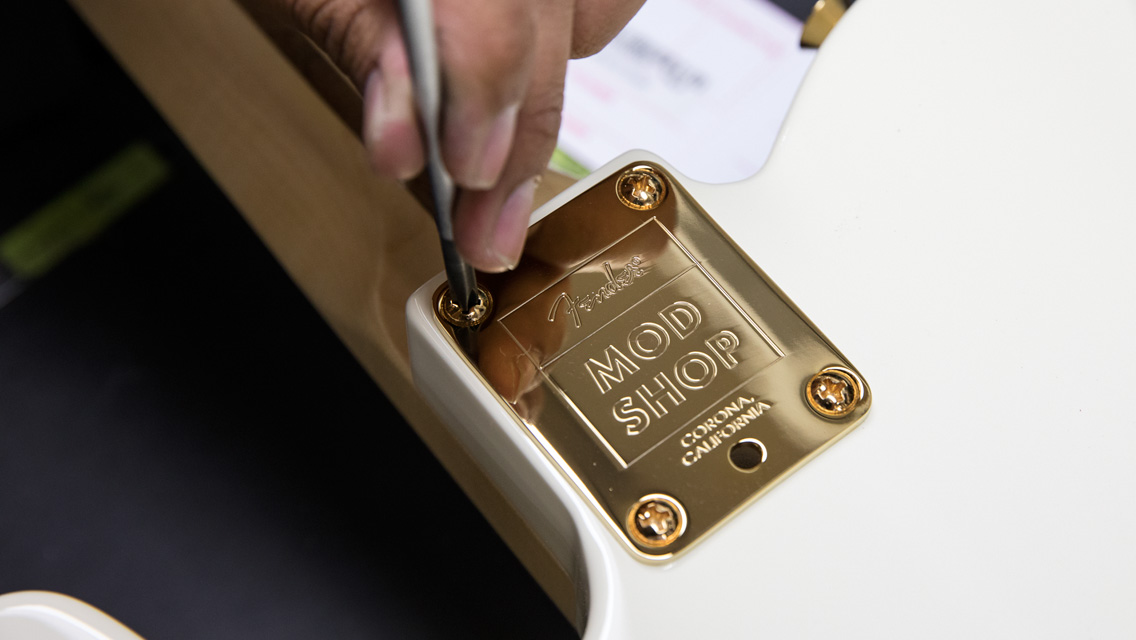
Here’s a frequently asked question: “What’s the difference between distortion and overdrive?”
And how does fuzz fit into all this?
Good questions, since the terms seem so often to be used interchangeably, but this is a matter of semantics, because it’s not so much that distortion and overdrive are two separate things (as the phrasing of the question seems to suggest), but rather that one is a form of the other. That is, overdrive is a specific kind of distortion.
It’s one of those situations, in fact, where you can sensibly note that while all overdrive is distortion, not all distortion is overdrive. Of the two terms, distortion is the more general.
What Is Distortion?
For our everyday purposes — practicing, rehearsals, sessions, gigs, etc. — it might help to consider distortion as an umbrella term for any “dirty” guitar sound, regardless of what causes it, be it a torn speaker, a stomp box, a rack effect or an amp cranked up past its capacity for producing a clean sound. Without delving into loads of complicated audio science—and there’s a lot of it — we can generally think of distortion as any signal that’s not clean.
What Is Overdrive?
Usually, overdrive is considered a particular form of distortion caused by “pushing” an amp past its capability for producing a clean tone. Overdrive is often easily achieved in tube amps because the very nature of tube amp design is that they sound “clean” at lower volumes and distort to some extent at louder volumes.
Now, it is true that there are plenty of overdrive stomp boxes out there, but the effect that these devices aim to achieve is that of an amp cranked past its clean tone capability.
In fact, the key difference between distortion effects and overdrive effects (amp or pedal) is that distortion effects usually aim to produce the same amount of distortion regardless of volume. Overdrive units, on the other hand, function much like tube amps in that they produce cleaner sounds at lower volumes, with distortion increasing as volume increases.
Songs that provide great examples of overdriven amp tone include “Won’t Get Fooled Again” (the Who), “All Right Now” (Free), “Johnny B. Goode” (Chuck Berry), “Pride and Joy” (Stevie Ray Vaughan), a great deal of Keith Richards’ output after “(I Can't Get No) Satisfaction” and pretty much anything by AC/DC.
What Is Fuzz?
Suffice to say then that there are different kinds of distortion, with overdrive being one among them. Another form of guitar distortion quite separate from overdrive, for example, is fuzz. When you hear “Satisfaction” by the Stones, you are hearing distortion, but the kind of distortion you’re hearing is fuzz, not overdrive. Or when you hear “You Really Got Me” by the Kinks, you’re hearing distortion caused by deliberately damaged speakers (slashed with a razor by Dave Davies himself, in that particular case) rather than overdrive.
We should also note that there is also a tendency to refer to a small amount of distortion, regardless of what creates it, as overdrive, with more heavily broken-up sounds labeled as distortion, although such distinctions are purely subjective.
Don’t miss out!
Be the first to know about new products, featured content, exclusive offers and giveaways.


